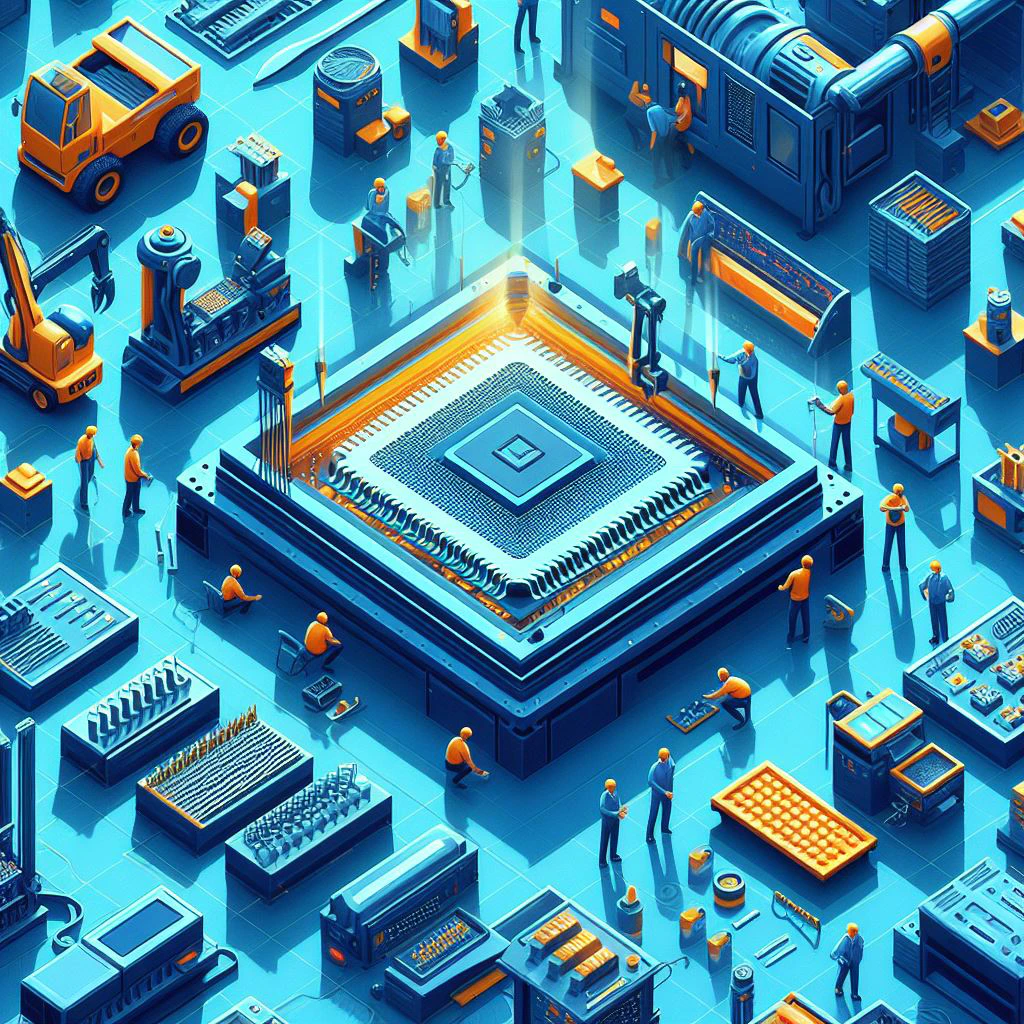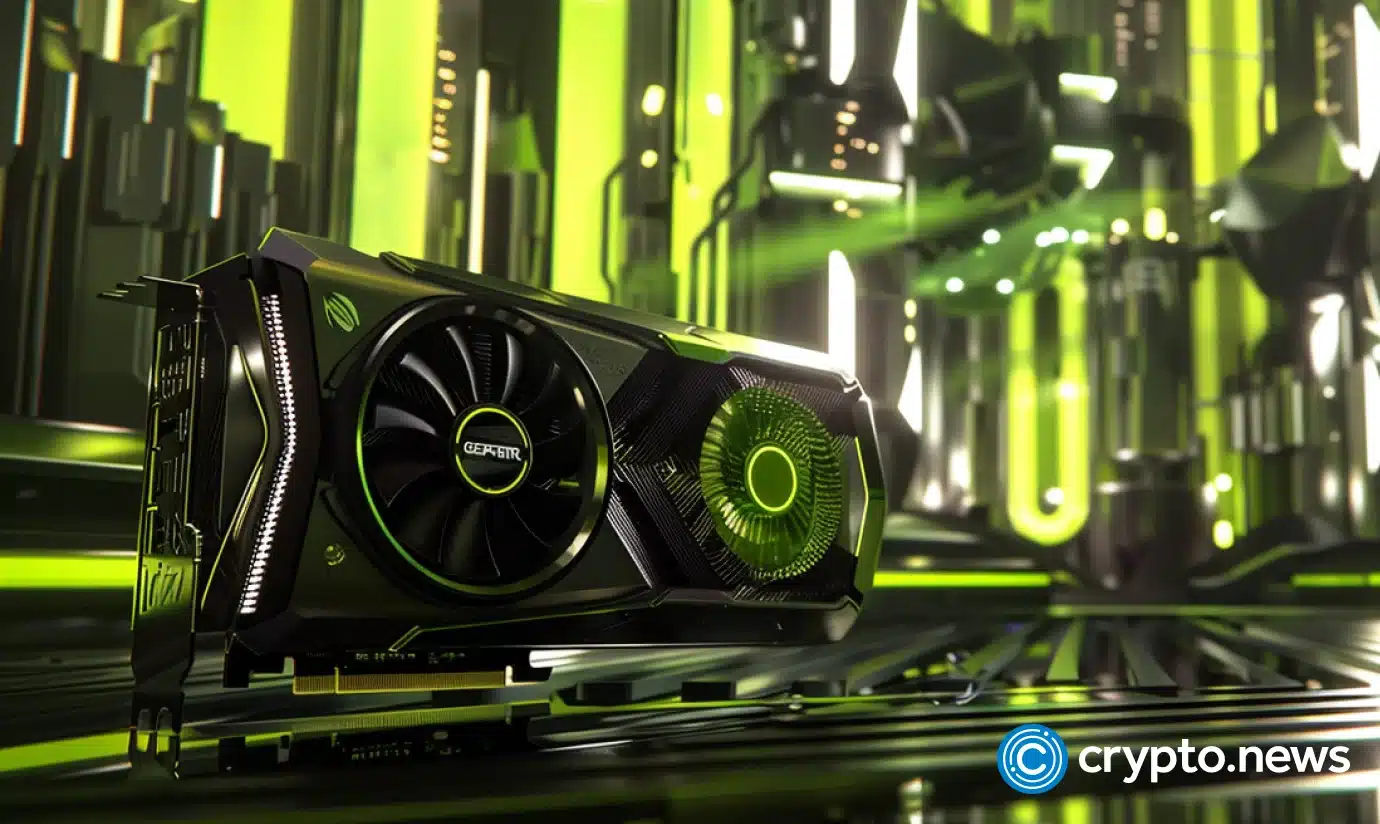In a bold move that could potentially reshape the landscape of AI hardware, OpenAI has initiated discussions to develop its own line of AI processors. This strategic maneuver seeks to reduce dependency on existing hardware providers, particularly Nvidia, which currently holds a dominant position in the market. As the artificial intelligence industry continues to evolve at a rapid pace, the emergence of bespoke solutions tailored to specific AI tasks represents a significant paradigm shift.
OpenAI ventures into AI hardware
OpenAI’s foray into the realm of AI hardware marks a significant departure from its previous reliance on established hardware providers. The company’s discussions revolve around the development of Neutral Processing Units (NPUs), dedicated processors optimized for AI-related tasks. Much like GPUs revolutionized graphic rendering by offloading intensive tasks from the CPU, NPUs promise to streamline AI processes, potentially unlocking new levels of efficiency and performance.
As OpenAI progresses with its plans, the implications extend beyond mere hardware development. By creating its own AI processors, OpenAI gains greater autonomy and flexibility in shaping the future of artificial intelligence. The prospect of removing Nvidia’s hardware from the equation underscores a fundamental shift in the dynamics of the industry, where companies increasingly seek to assert control over their technological infrastructure.
The emergence of OpenAI as a potential player in the AI hardware market poses a formidable challenge to Nvidia’s longstanding dominance. For years, Nvidia has served as the go-to provider for AI hardware, enjoying unparalleled success and recognition within the industry. However, the prospect of companies like OpenAI developing their own solutions threatens to disrupt this status quo, prompting Nvidia to reevaluate its strategies.
In response to the shifting landscape, Nvidia has embarked on its own initiatives to maintain relevance and competitiveness. The recent introduction of Chat With RTX, an AI chatbot leveraging Nvidia’s GPUs, exemplifies the company’s efforts to innovate and adapt to changing market dynamics. While Nvidia’s position may face uncertainty in the wake of emerging competition, its resilience and innovation capabilities suggest a continued presence in the evolving AI hardware market.
Nvidia’s response and future prospects
As OpenAI and other entities explore the possibility of developing their own AI hardware, Nvidia faces the imperative to adapt to evolving market demands. The company’s strategic response, exemplified by initiatives like Chat With RTX, demonstrates a proactive approach to staying relevant amidst changing industry trends. By leveraging its existing technological infrastructure and expertise, Nvidia aims to navigate the transition towards a more diversified AI hardware market.
Despite the challenges posed by emerging competition, Nvidia’s established reputation and market presence position it favorably to weather the storm. The company’s continued investment in research and development, coupled with its commitment to innovation, reaffirms its status as a leading player in the AI hardware landscape. As the industry continues to evolve, Nvidia’s ability to anticipate and address emerging trends will be crucial in shaping its future prospects.
As OpenAI embarks on its venture into AI hardware and Nvidia responds with innovative solutions, the stage is set for a transformative period in the industry. The question remains: Will OpenAI’s pursuit of bespoke AI solutions herald a new era of competition and innovation, or will established players like Nvidia maintain their stronghold in the evolving landscape? Only time will tell as the race for supremacy in AI hardware accelerates.





